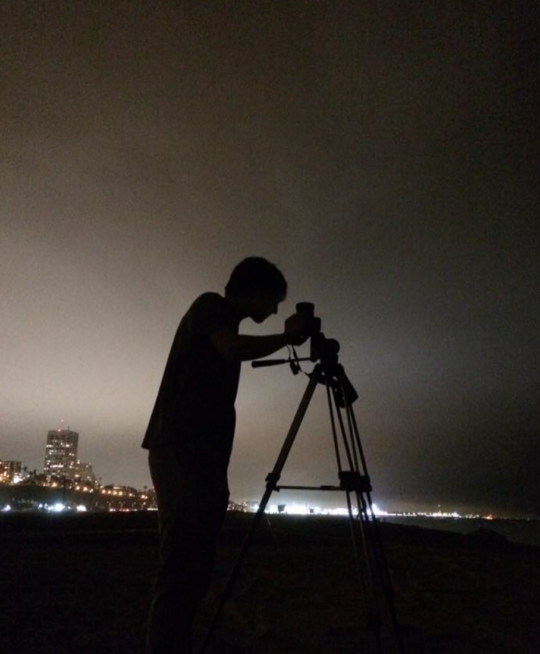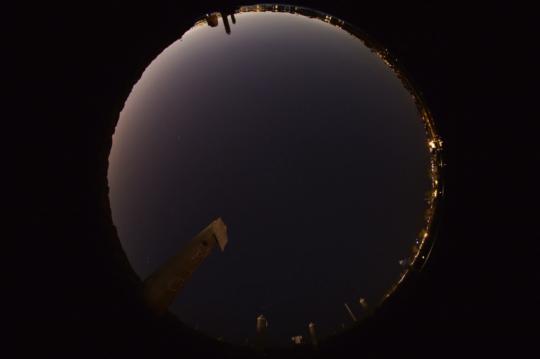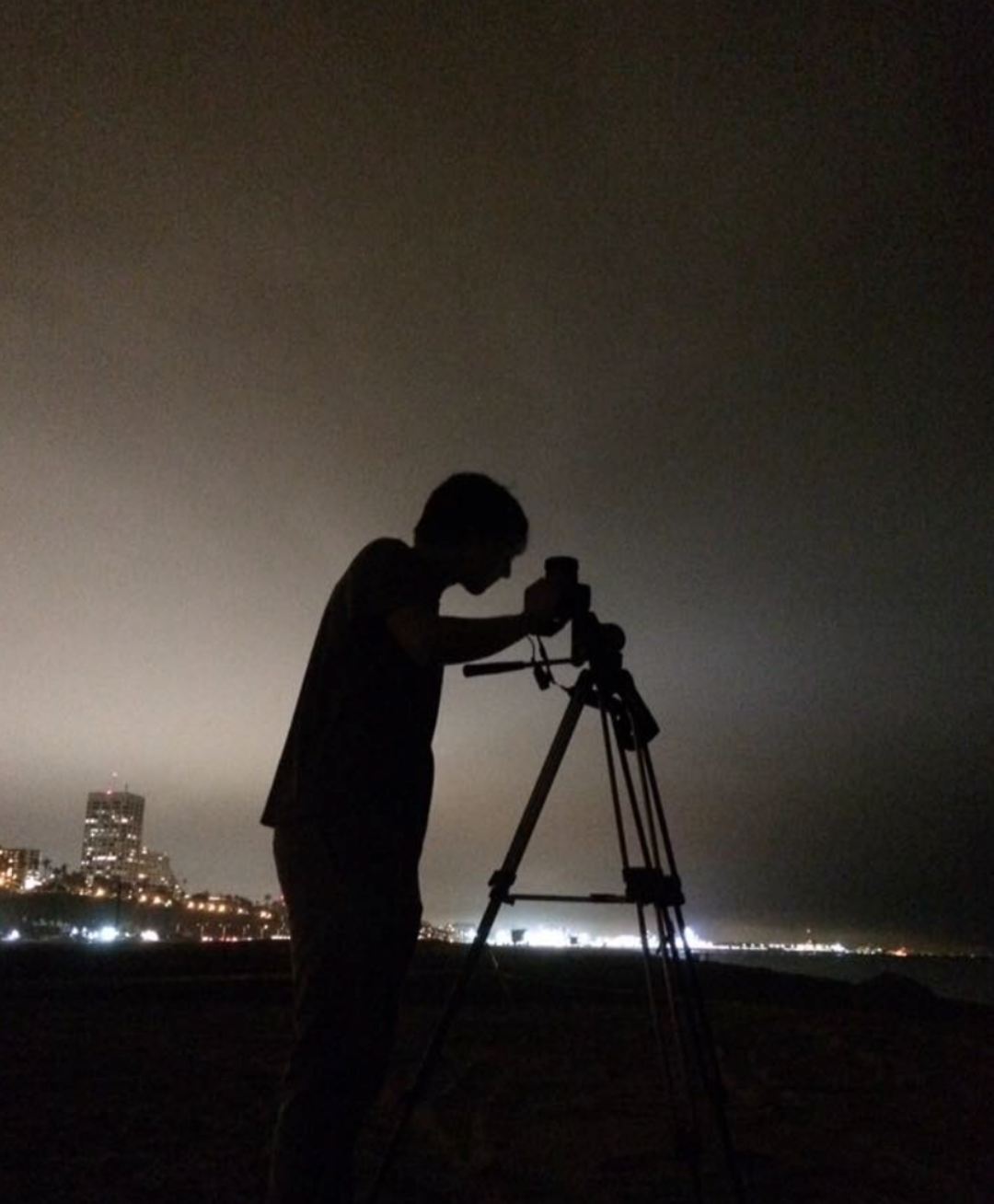New technology shows artificial light impacts sensitive beach species
Southern California has both rich coastal and marine biodiversity and also some of the brightest night skies on the planet. Artificial light at night disrupts a wide range of natural processes, including foraging, migration, predation, and settlement of animals. University of Southern California (USC) Sea Grant funded a study to measure the quantity and distribution of nighttime coastal light pollution across Southern California using a novel system called the Sky Quality Camera to understand how artificial nighttime light impacts sensitive species like grunion (fish species which lay eggs on beaches at night) and snowy plover (bird species which nest in sandy dune areas).
Key Results:
- The project confirmed that using satellite data for ground-level measurement of light pollution, traditionally used in ecological studies, is not as accurate as the Sky Quality Camera
- Sky Quality Camera allows for extrapolation of artificial light pollution exposure across beaches
- Published the largest dataset of light pollution measurements in the world thus far
- Western Snowy Plover use the darkest beaches, and California Grunion use slightly brighter beaches
Project Impacts & Application:
- California Coastal Commission used results to require certain projects to mitigate artificial light exposure
- Researchers met regularly with the State Beach Ecology Coalition
- The team gave public presentations at the Ocean Sciences Meeting in San Diego, the International Dark Sky Week, the Texas Master Naturalist Annual Meeting, and the LuMinAves Interreg Project in the Canary Islands
Principal Investigator:
Travis Longcore, Ph.D., UCLA
Funding:
NOAA, 2018-2020
Additional Info:
- https://travislongcore.net/research/light-pollution/
- Light, Dark, Bird, Fish: Light Pollution and Landscape Ecology Article
- Simons, A. L., Yin, X., & Longcore, T. (2020). High correlation but high scale-dependent variance between satellite measured night lights and terrestrial exposure. Environmental Research Communications, 2(2), 21006-. https://doi.org/10.1088/2515-7620/ab7501.
- Simons, A. L., Martin, K. L. M., & Longcore, T. (2022). Determining the Effects of Artificial Light at Night on the Distributions of Western Snowy Plovers (Charadrius nivosus nivosus) and California Grunion (Leuresthes tenuis) in Southern California. Journal of Coastal Research, 38(2), 302–309. https://doi.org/10.2112/JCOASTRES-D-21-00107.1
Access our Publications Database to view publications from this project or other related topics




